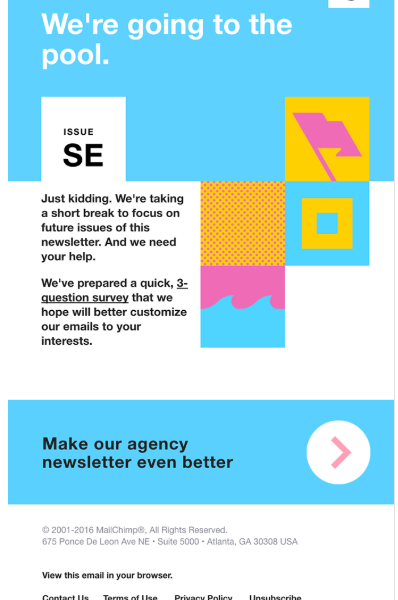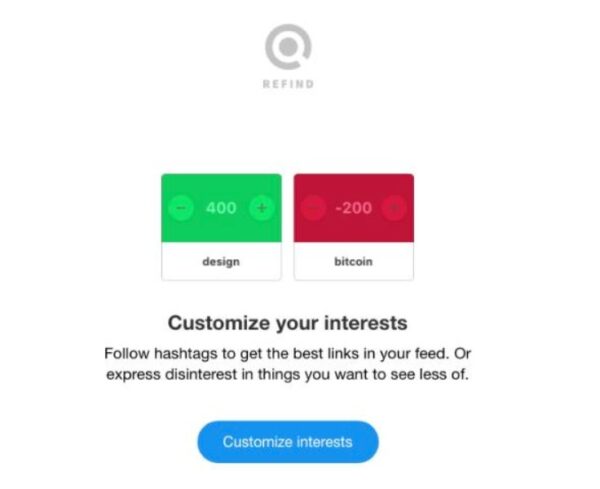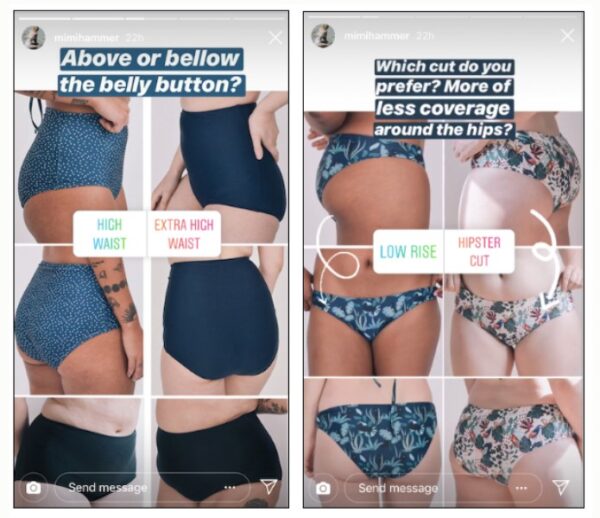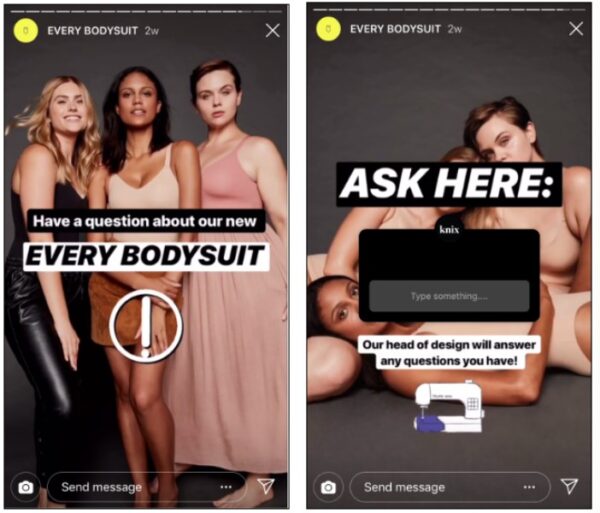To boost your brand’s revenue, you should not only focus on gaining new customers. Direct your marketing efforts toward your current customers to enhance ROI. An effective customer marketing strategy will help you recognize and sell more to those who can become long-term revenue sources. Improving your customer retention rate by just 5% can increase your profits by as much as 95%. Moreover, 92% of consumers report that they are more likely to trust recommendations from family and friends (current customers) over advertisements. With this in mind, what are five creative ways to engage your existing customers in your marketing strategies?
USE AND ASK FOR CUSTOMER FEEDBACK TO PERSONALIZE CUSTOMER MARKETING EFFORTS
Encouraging customer feedback on your product or service allows you to understand what your customers’ voice is. Once you understand their needs, you can use these customer-centric insights to improve the loyalty of your existing customers.
For instance, Telstra, an Australian telecom firm, used to rely on customer feedback to improve business performance. Its CEO David Thodey prioritized a better customer experience by frequently calling customers and focusing on initiatives that placed the customer first and the brand second. During Thodey’s leadership until 2015, the company’s stock price rose by over 70%. Since he left, the company’s loyalty ratings have fallen as the emphasis has shifted away from the voice of the customer.
Similarly, when Mailchimp wanted to make their newsletter even better, they sent a short 3-question survey to their current customers to ask for their feedback.

Additionally, Hyatt encourages current customers to feedback through its hashtags #worldofHyatt and #worldofunderstanding.
Ultradent, a developer of high-tech dental products, has also embraced the voice of the customer by using technology to collect, manage, analyze, and act on the feedback from existing customers. This system has allowed them to collect 40% more feedback and improve their ROI by $330,000.
INVITE YOUR CURRENT CUSTOMER BASE TO HAVE A CONVERSATION WITH YOUR BRAND
According to Forrester, brands must converse with customers in a natural and authentic way, like a real person would, to build loyalty. So, how are other brands using their marketing efforts to have real conversations with their existing customers? Brands like Aerie Club send a ‘thank you’ email to customers after their first purchase and give them a free product after buying five more items. In addition, Heineken also kept its existing customers loyal by creating a social campaign called ‘Cities of the World’. This campaign offered unique recommendations of events, clubs and restaurants in that area that no one else could experience. All followers had to do was to tweet @wherenext with a geo-tag of your location and Heineken responded back to you with various ideas for an adventurous experience.
If existing customers are no longer interested in your content, send them an email to encourage them to customize their interests like Refind.
Swimwear brand Mimi Hammer also used Instagram Stories to create polls to ask existing customers the type of swimsuit designs they preferred.
Similarly, Knixwear used the questions sticker to respond to customer inquiries about their new bodysuit line and share what made this new product special.
Additionally, coffee-pod business Keurig learned that engaging with existing customers at the right time can lead to a better ROI and customer experience. Using the historical purchasing data of its existing customers over the last two years, Keurig was able to predict the right time to send targeted email messages in relation to their pods.
ANALYZE USER GENERATED CONTENT FROM EXISTING CUSTOMERS THROUGH SENTIMENT ANALYSIS
While you may ask for feedback from your existing customers, they will be encouraged to offer their opinions on your business at any time through any form. Sentiment analysis can automatically analyze product reviews, news websites, and social media posts and capture the thoughts of your customers. Whether positive or negative, customer opinions are influential and need to be utilized in the right way.
For example, Nike analyzed a range of social media engagement posts online using sentiment analysis before releasing its new campaign featuring Colin Kapernick. This ex-NFL player previously protested police brutality during the national anthem by kneeling instead of standing up. When Nike created this campaign, they knew that it would upset many patriotic Americans, but they didn’t care. This was because their sentiment analysis demonstrated that this type of ad would appeal to their ‘Made it and Know it’ audience who care about racial equality which this ad promoted.
Alternatively, Peloton analyzed online customer reviews and comments before deciding to improve its ‘return on experience’ by shipping 70% of its bikes on its own to certain zip codes. In addition, the Dorchester hotel chain improved its revenue from weddings in Los Angeles by utilizing online reviews. These reviews encouraged them to collaborate with other companies in terms of wedding invitations and bridal gowns to make the day a less stressful experience.
DEEP DIVE INTO A CUSTOMER’S HISTORICAL DATA FOR MARKETING
Rather than making decisions based on opinions or thoughts, data-driven marketing uses the historical information of the customer to make personalized decisions for them in the future. With data-driven personalization reporting delivering a 5-8 X ROI more than its campaign cost, it is easy to see how brands like Open Table have used technology to segment their existing customer base by customer lifetime value. By focusing on the value of an existing customer’s relationship rather than a single dinner reservation, they were able to deliver a personalized experience to high-frequency customers.
Similarly, Burberry uses AI and big data analytics to empower its employees to deliver a personalized experience for its customers. Employees can see a customer’s purchase history and their shopping preferences as a result of Burberry’s mobile rewards program. Employees can then use this information to recommend, cross-sell, and upsell products.
EARN A CUSTOMER’S TRUST BY ALLOWING CO-CREATION FOR NEW PRODUCTS
In an age when consumers are often distrustful of brands, 60% of individuals feel that brands should make it easier for them to see their values and positions on vital issues before they purchase. This statistic means that brands need to be more open, clear, and honest in what they do. Co-creation allows greater transparency as it is the process of brands and existing customers working together to create products, ideas, and services that they need. While businesses can still steer the innovation process, existing customers are more likely to trust and buy from the brand as they’ve had a vital role in the decision-making process.
For instance, Lego allows co-creation through its ‘Ideas’ platform to allow existing customers to be involved in inventing new products. Customers are asked to post their own designs for new playsets, and the ones that receive over 10,000 votes are then considered for production. In the same way, pharmaceutical company UCB created an online research and development collaboration platform to encourage certain groups of existing patients to collaborate with them. This collaboration has resulted in creating new strategies to treat chronic diseases like Parkinson’s and epilepsy.
When existing customers are involved in shaping the marketing efforts of your brand, they are more likely to trust your brand. In this way, they will believe that their opinions and data have a value that will contribute to brand loyalty and higher ROI.



